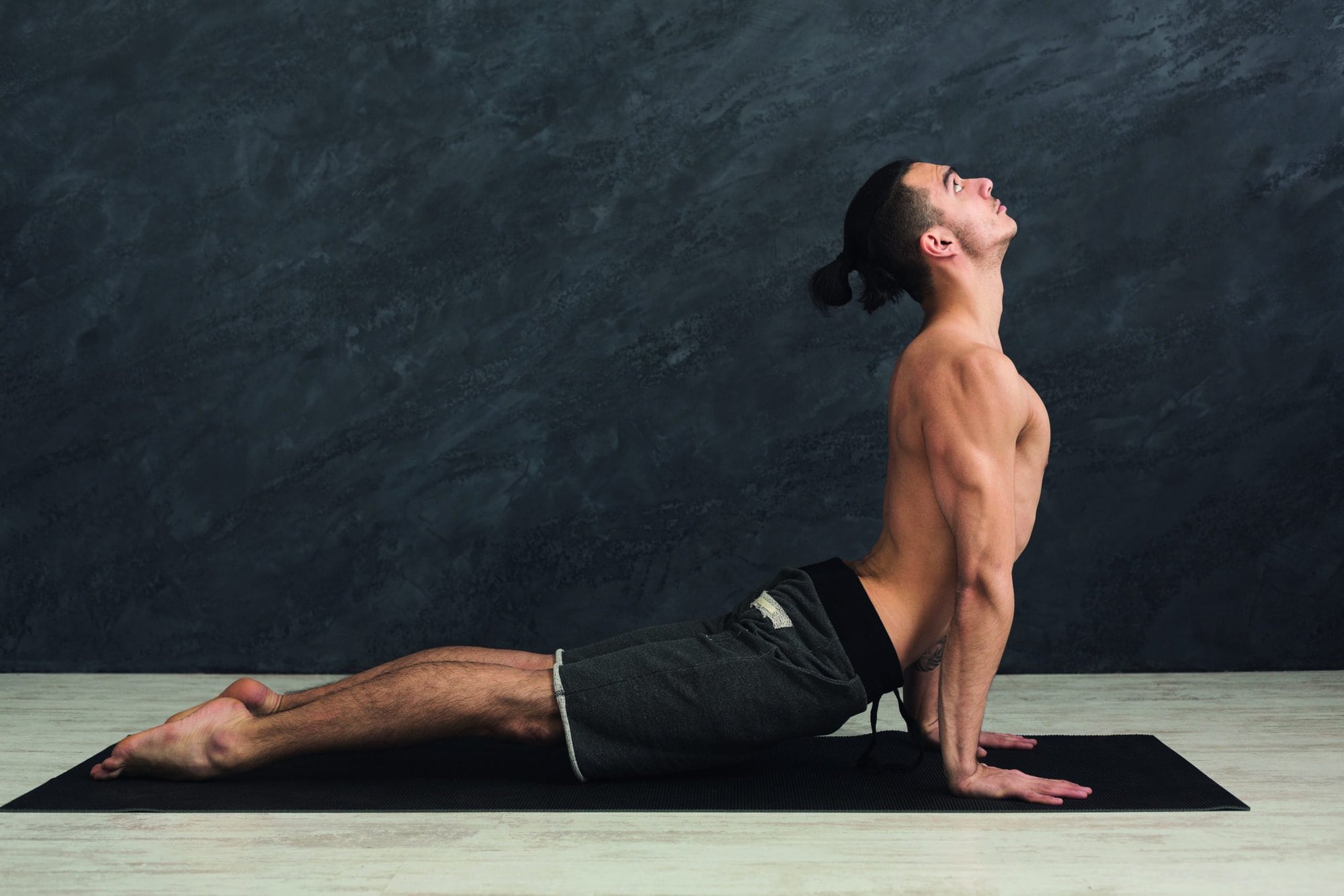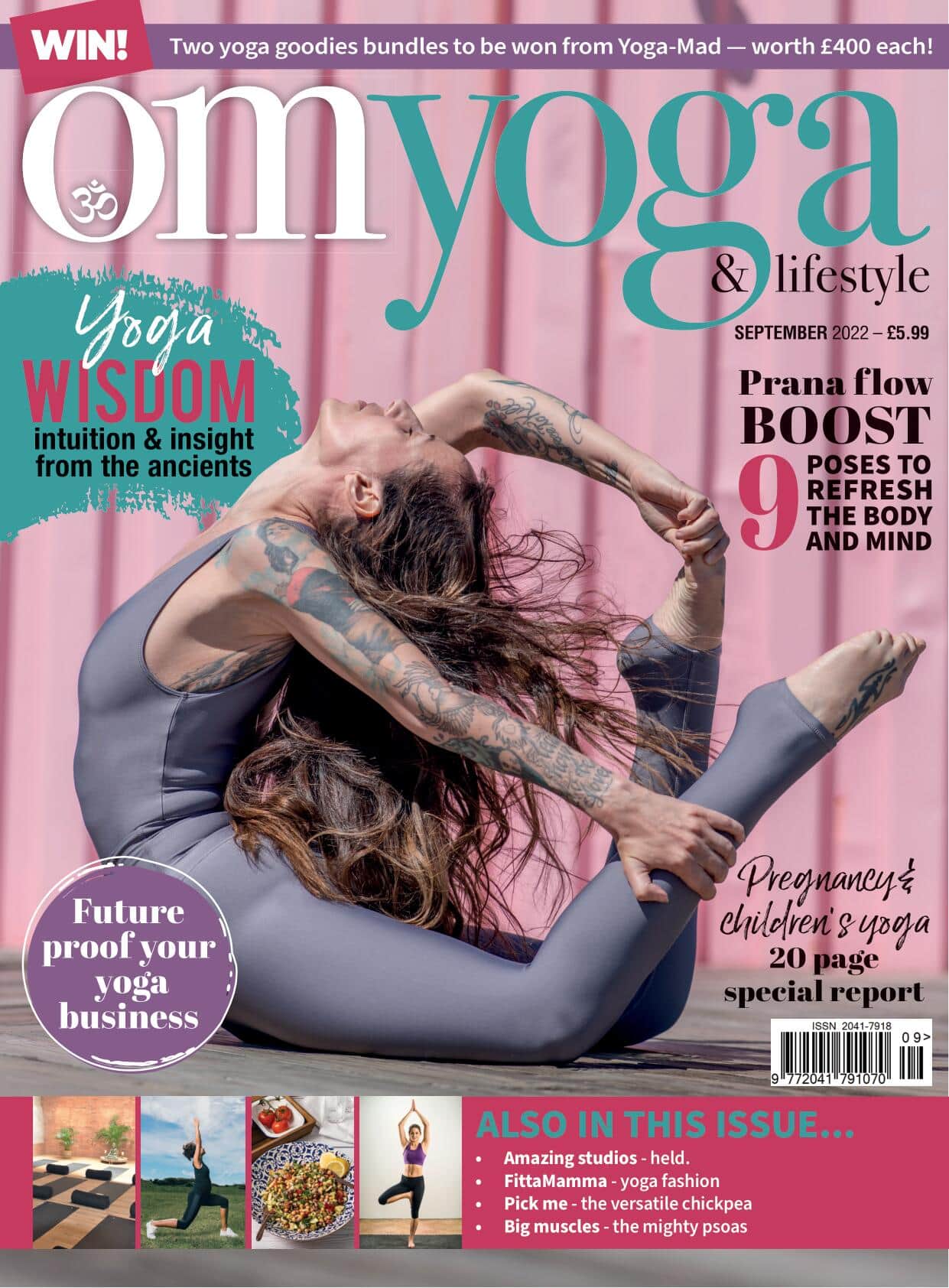
The mighty psoas
The psoas muscle is one of the most important muscles in your body. Natalie Austin offers a few simple insights into how we can learn to care for it
The psoas muscle is essential for optimal postural alignment, movement and overall wellbeing. Located in the hip joint and lower spine, it gets over used, under stretched and rarely rested. In fact, for such an important and central part of the body, the poor psoas gets rather neglected.
What is it?
Part of the ilio-poas muscle group, the psoas major is one of the most important skeletal muscles in the human body. It is the only muscle that connects the upper body to the lower body via all five of the lumbar vertebrae of the spine to the femur, making it essential in stabilising the body’s centre of gravity.
Its deep connection to the lower back means it affects the ligaments of the spine, abdominals, pelvis and hips; it is connected to the intestines, kidneys, reproductive organs, the nervous system, the diaphragm and affects the heart and circulation. This extremely complex area needs care, yet a lot of us become completely disconnected from what we can do to look after this important part of our body. In short, the psoas affects the whole body physically, emotionally and energetically.
Constructive rest position
Modern yoga teachers often teach this pose as a rest posture particularly following inversions or backbends, but it is a good pose to do to let the psoas rest.
Technique: Lay on your back and bend your knees with your feet on the floor, hip-width apart. If this is uncomfortable, or hard to do, you can let the knees rest against each other with the feet slightly wider and the toes turned in. The result: the femur will rest gently into the hip socket, releasing the ‘grip’ of the hip flexors. The spine rests in its natural curve. Both of these factors free the psoas to let it rest.

Yoga asanas for the psoas
There are a range of other yoga asanas that can help stretch and strengthen the psoas. For stability: spinal balance; standing twist; lateral arm stretch; windmill; tree. These also work to strengthen and maintain core strength which helps keep the psoas healthy and supported. For stretching: cow/cat with extended leg; cobra; sphinx; crescent lunge, pigeon; camel; bridge; psoas lift.
Nurturing the psoas for emotional release
Your body has memory and intelligence. What we do through yoga and meditation is mindfulness: we practice listening to the subtle messages of the body.

It holds onto trauma and negative experiences that cause stress. We experience emotional responses like anxiety, fear or nervousness, which can all create muscle tension in the psoas and this has a direct effect on your gut health and nervous system.
Learning to release your psoas, you can begin healing on a much deeper level and learn to bring harmony and balance into your body. Try to connect to the idea of being kind to your psoas – it is tired! Through meditation and visualisation, you can connect to the sensation of freeing it from all that it does for you. Practicing releasing your psoas can help you relax and produce the same kind of feeling as you get when you have a massage, practice yin or restorative yoga or just as you are falling asleep.
Psoas and the energetic anatomy
The psoas muscle is known as the organ of perception. Housed in the location of the lower three chakras – muladhara (root), svadhistana (sacral) and manipura (solar plexus) – it is connected to different aspects of your experience and health. These include issues related to your survival needs, your home, family and relationships, sex, money and personal power.
Practicing a yoga sequence to open and stimulate your chakras will help release tension in the psoas area as well as open the energy channels of your meridians.
Whole body approach
Tending to your psoas is vital in maintaining optimum health on all levels of your wellbeing. Holistically, no matter what your level of fitness or flexibility, how you use your psoas and take care of it is crucial to your life vibrance and experience. By incorporating yoga asanas and mindful meditation to your yoga practice that focus specifically on your psoas, you can create balance, harmony and freedom of movement.
Natalie Austin currently teaches yoga workshops on the psoas and the chakras, as well as Yin and Vinyasa yoga at her healing retreat at the edge of Dartmoor in Devon, south-west England. Visit: loveyogatree.com


